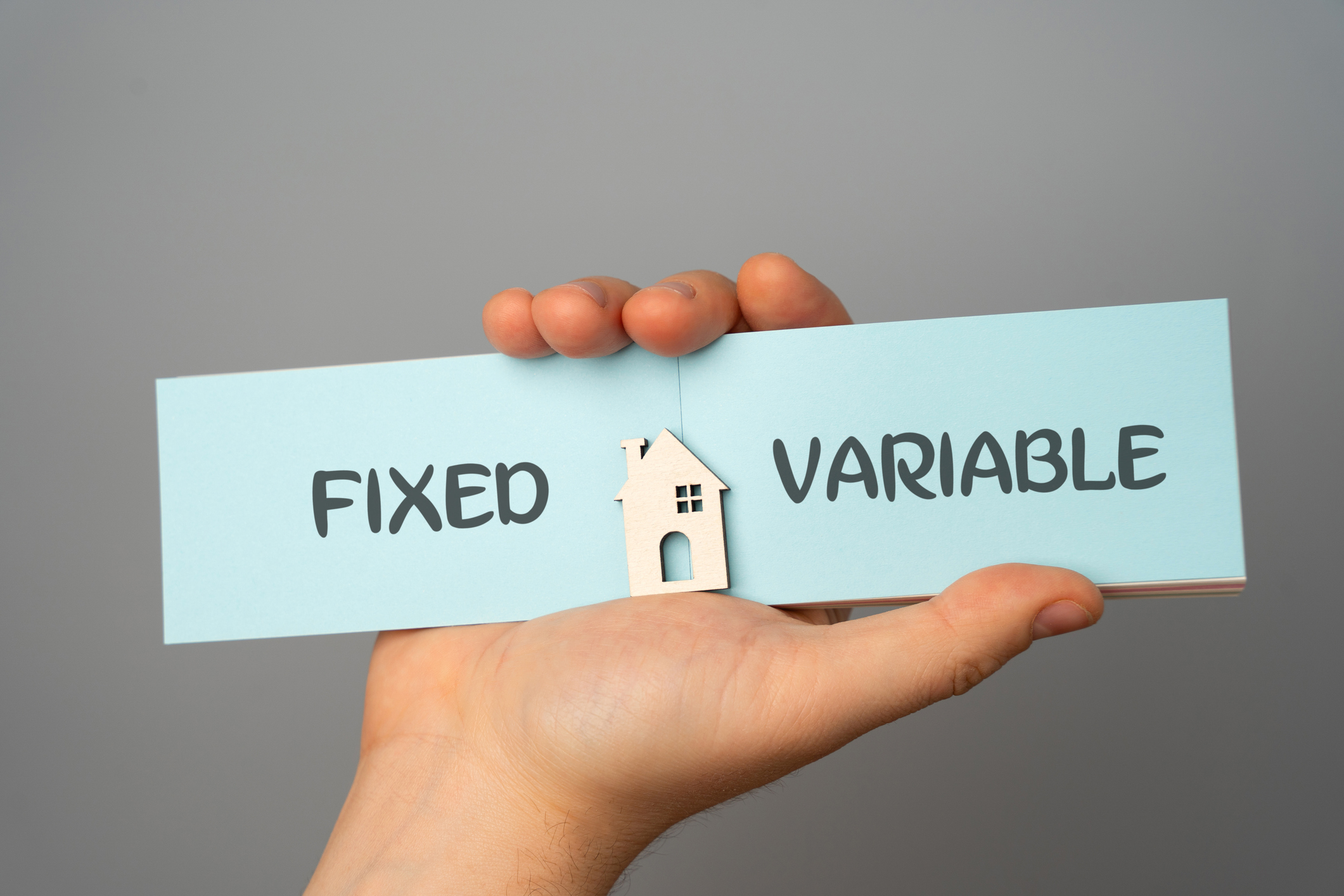When taking out a loan, one of the first choices you’ll face is whether to go with a fixed or variable interest rate. This decision can impact your repayments, budgeting, and even your long-term financial plans. Understanding the differences between the two—and the pros and cons of each—can help you make an informed choice.
What’s the Difference?
-
Fixed Rate Loan: The interest rate is locked in for a set period, often between 1–5 years or sometimes for the entire loan term. Your repayments remain the same, offering predictability and protection from rate rises.
-
Variable Rate Loan: The interest rate moves in line with market conditions and lender decisions. Repayments can go up or down depending on interest rate movements.
How It Applies Across Different Loan Types
Home Loans
-
Fixed: Ideal if you want predictable repayments and peace of mind when rates rise. Downsides include break fees if you exit early and missing out on savings if rates fall.
-
Variable: Offers repayment flexibility, redraw options, and potential savings if rates drop. The risk is higher costs if rates rise.
Car Loans
-
Fixed: Very common for car finance. Gives clear, consistent repayments, which helps with budgeting. However, early repayment flexibility can be limited.
-
Variable: Less common but available. Can be beneficial if rates fall, but repayments may rise if rates increase.
Personal Loans
-
Fixed: Popular for borrowers who want certainty on smaller loans and simpler repayment schedules.
-
Variable: Some lenders offer more flexibility, but with the possibility of fluctuating costs.
Business Loans
-
Fixed: Useful for cashflow stability and long-term planning. May be restrictive if your business grows quickly.
-
Variable: Can be advantageous if rates fall and your business needs repayment flexibility, but riskier if rates rise unexpectedly.
Pros & Cons at a Glance
| Fixed Rate Loans | Variable Rate Loans | |
|---|---|---|
| Pros | Certainty, easier budgeting, protection from rising rates | Flexibility, extra repayments, benefit from falling rates |
| Cons | Break fees, less flexible, may miss out if rates fall | Repayments can increase, less predictability |
Key Takeaway
There’s no single “right” choice. Fixed loans offer stability and certainty, while variable loans provide flexibility and the chance to save if rates drop. Many borrowers even choose a split loan, fixing part of the loan while keeping the rest variable to balance risk and reward.
Before deciding, think about your budget, financial goals, and risk tolerance.

